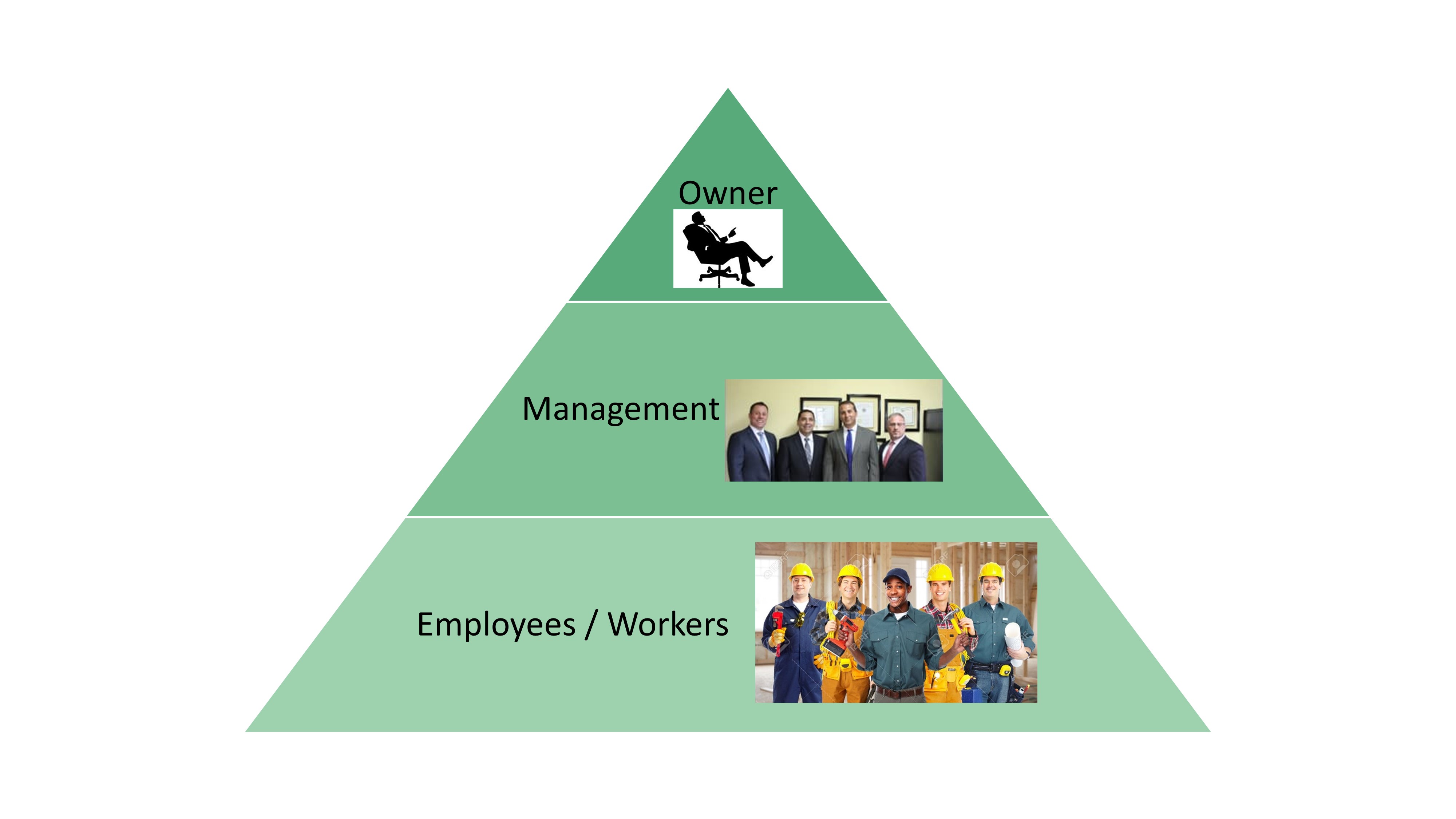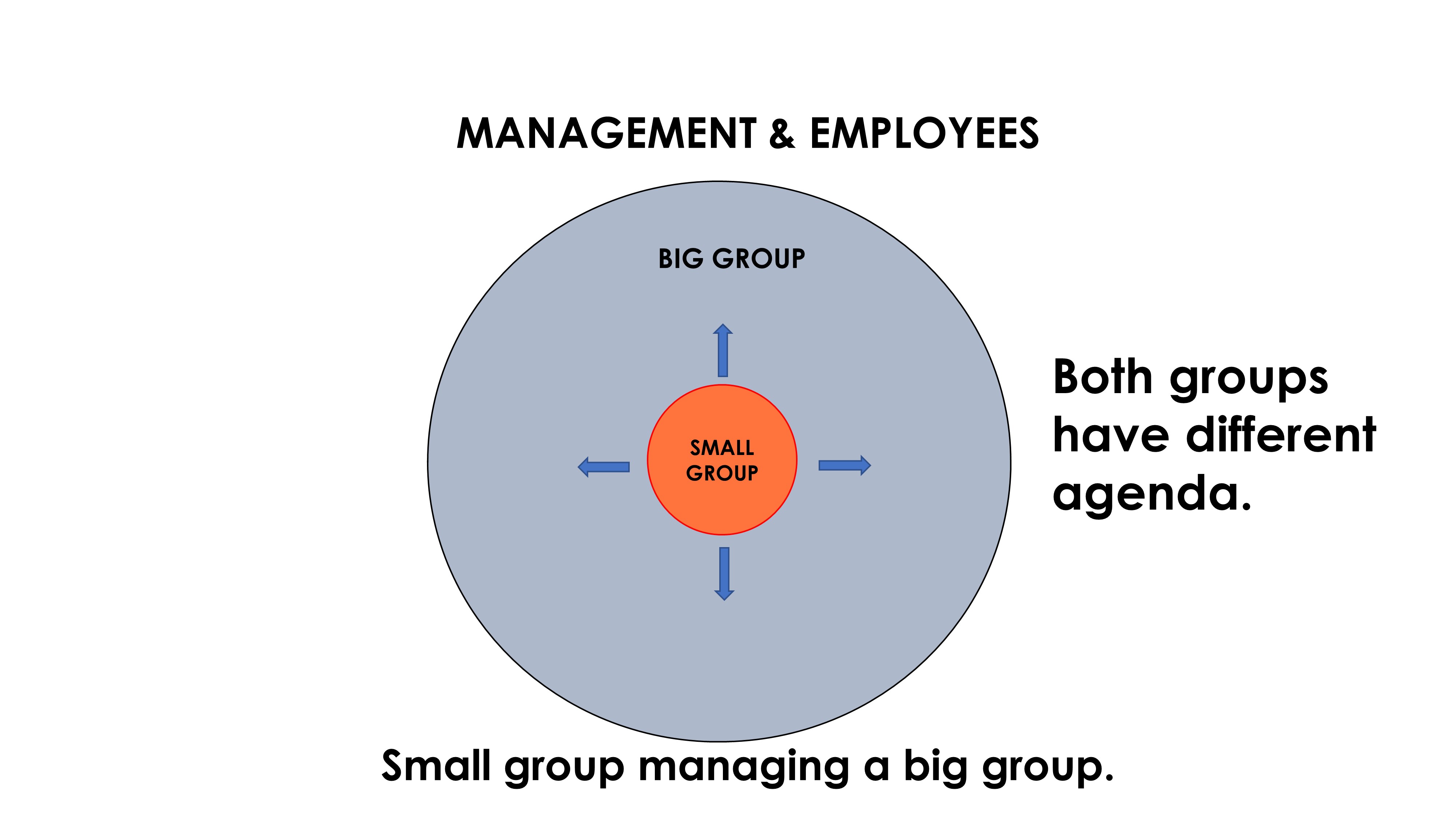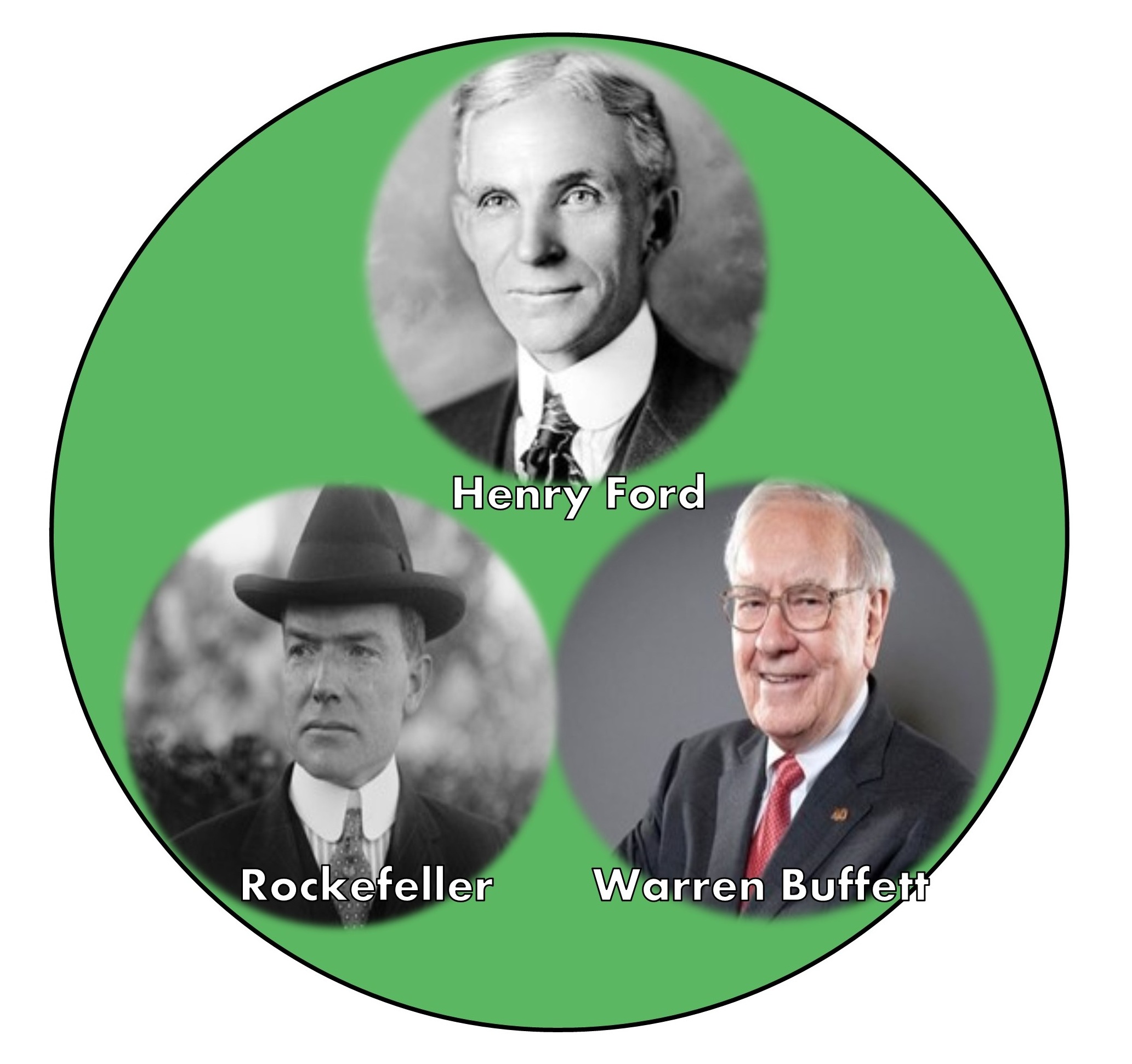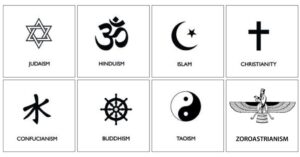Classical Management
In a world of 7 billion people, around 2.5 billion people are either engaged in manufacturing sector or in service sector, through employment. They form the population of the professional world, where concept of management is alive and active.


In an organizational set up, guided by the hierarchical structure, a small group of people, who work in proximity with the top management / owner / or the likes, hold some power of command and are understood as ‘management’. On the other hand, in every organization there is a larger group of people who work for a specific target, set by management. They are generally referred to as ’employees’. So, in every organization there is a small group of people who manage and control the larger group of people.
In many management meetings it is heard – we will decide and they have to follow.
The management refers to itself as ‘We’ and the employees as ‘They’. It is an implied understanding.

Am I Management or an Employee?
If not in business, we all are employees. But we may also have designation as managers. Some of us are Production managers, Finance managers, Engineering managers, Operational managers, Quality managers, HR managers, Mine managers, Marketing managers so on and so forth. We, over our long career span, starting as a junior employee move up the organizational ladder to become managers and then continue to move up further and take up top management roles.
Does the job title ‘manager’ make us part of management? Does the designation define our identity?
We must introspect and find the answer to this basic question. The answer may lie much deeper than we think. Before we set out to find a satisfactory answer, let us try to understand what the agendas of these two entities are.
Management Agenda
The small group (called management) manage the show. They also develop and protect the corporate culture. They put their company’s interests first. Their focus is on long-term growth and sustainability. They ensure that business operations run efficiently and that each individual’s performance meets company and industry standards. They do not put the company in a bind by making demands for their personal agenda. The group of individuals who have already begun to think this way are a part of ‘management’. They are the ones who will side with management in the event of a conflict with an employee.

Employees Agenda

The large group (the employees), on the other hand, call the shots. Sometimes they see the company as a means of livelihood and use it as a platform for their professional development. They are aware of the fact that collectively they are indispensable and therefore they can take advantage of it. They sometimes try to force the company to meet their demands. They may put their interests above the interests of the organization. Since this group represents a big number, they are also able to form unions and put themselves in a bargaining position.
So, it’s not our job title, it’s the mindset, our agenda that determines whether we are a part of management or a part of employees.
The transition from an employee to manager, is not about a change in title, but a change in attitude.
Neo Management
With the continuous change in the business environment, management is also evolving. Modern management outlook is much different from conventional school of thoughts. In today’s world, the sharp line between management and employees is getting blurred.

Management & Employees
Business leaders today maximize returns by leveraging the full potential of their employees. They put efforts to develop employees to their maximum efficiency and potential. Employees and workers get a sense of involvement in the business and in the process, they start carrying the agenda of the Management.
Here comes the Japanese concept of Kaizen and TPM (Total Productive Maintenance) which focus on continuous improvement at shopfloor by involving all employees and making the workplace more effective.
Nowadays, workers are no longer limited to blue-collar jobs; knowledge workers are increasingly employed everywhere. Due to their high productivity and creativity, they are the most valuable asset of a 21st century organization.
New Business Leaders


In today’s world, management is no longer characterized by being taciturn and formal. Especially in high-tech companies, top management mixes with lower-level employees, making it a near homogeneous mix of employees. Modern management is no longer impersonal and mechanistic. They are more social and organic. Neo management no longer follows the authoritarian process but incorporate many democratic elements in their administration. The sharp line between management and employees are gradually fading. The question of being an employee or a manager is losing relevance in the fast changing business environment.





1 thought on “Management & Employees – We & They”
Good read
Comments are closed.